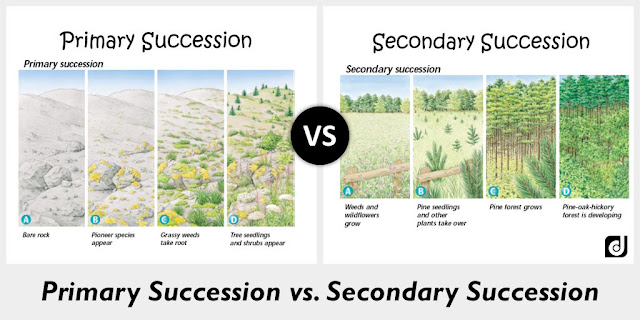Scientific Method / Introduction to Lab Reports / Rotocopters

*Quick reminder that our unit test will be on Tuesday November 7, 2017 (Ecosystems, Photosynthesis, Water Cycle, Carbon Cycle, Microscopes, Scientific Method). I will post some study hints next week.... *Rotocopters/Scientific Method Lab Report is due to Mr. Mak by Wednesday, November 8, 2017 Rotocopter Mini-Lab Report – Introduction to Using the Scientific Method 1. Briefly explain what the Scientific Method is. 2. List the key steps in the Scientific Method. 3. Write out the Question or Problem you will be investigating. 4. Write down the Hypothesis/Prediction of what you think will happen for each of your new rotocopter designs. *Include one hypothesis per Rotocopter design (i.e. - you need two hypotheses) 5. List all Materials you will need. 6a) Write out the Procedure you will follow, in numbered steps. 6b) Explain what will your Independent Variable be? The one YOU change (“I” change) 6c) Exp





